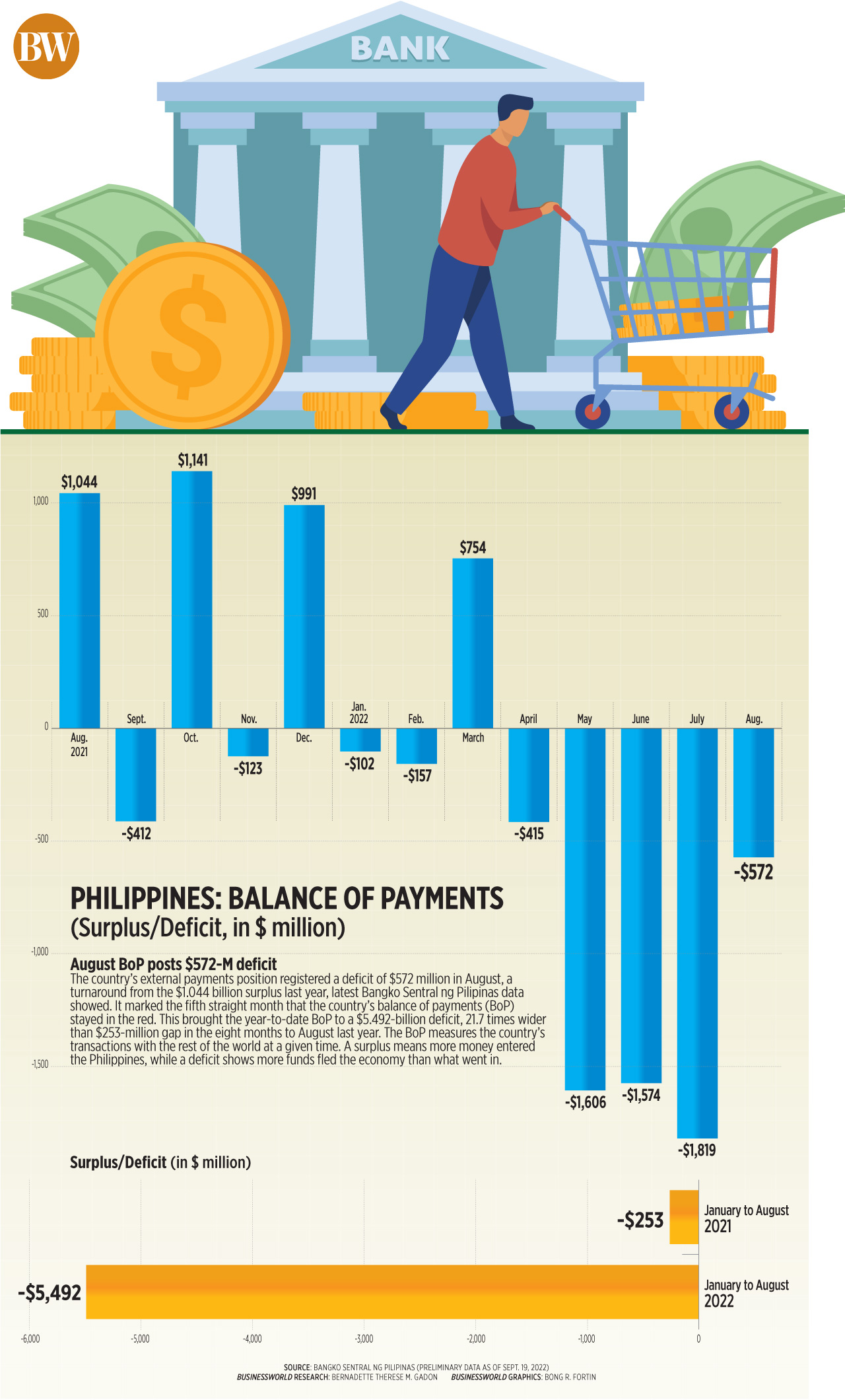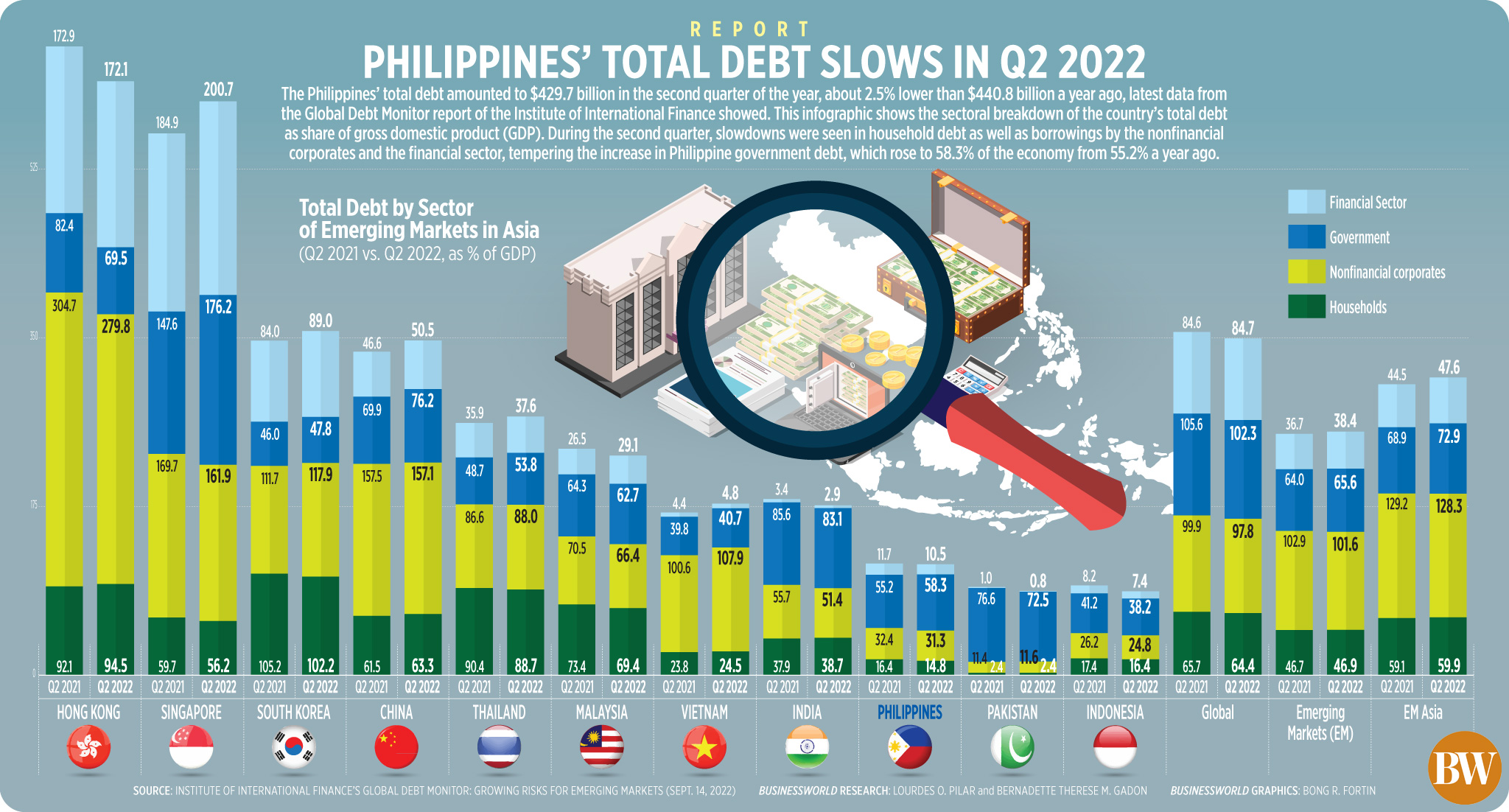Arthaland develops green condominium in Laguna
By Brontë H. Lacsamana, Reporter
ARTHALAND Corp. recently started work on Una Apartments, its latest sustainable project in Biñan, Laguna, with the first of five towers scheduled for completion by the end of 2026.
The green developer held a groundbreaking ceremony for the condominium on Sept. 8. Located in the 8.1-hectare community Sevina Park, it aims to make multi-certified, sustainable living within reach for the mid-market segment.
“Wouldn’t it be great to introduce to a broader market our sustainability and wellness features and our world-class style of developing,” said Christopher G. Narciso, Arthaland’s executive vice-president, at the groundbreaking event.
“We listened to our colleagues, friends, and families, and we thought, why not allow for the broader market segment to enjoy a well-planned community?” he continued.
Una Apartments gets its name from being the first development in Southeast Asia to receive platinum certification under the Leadership in Energy and Environmental Design for the neighborhood development and homes categories and a Building for Ecologically Responsive Design Excellence districts 5-star rating.
The property, accessible via the Cavite-Laguna Expressway and in close proximity to schools like the De La Salle University’s Laguna campus, will comprise of 28-square meter studio units and 40-square meter one-bedroom units.
Its units will have efficient air-conditioning, lighting, and plumbing fixtures that lower carbon emissions, improve air quality, and reduce electric and water bills by up to 20%.
“When you live somewhere sustainable, you realize its importance,” Oliver L. Chan, Arthaland’s senior vice-president, told BusinessWorld.
“For example, our units’ energy recovery ventilators (ERV) precondition the air. People ask about price, size, and layout, but it’s things you don’t realize will benefit you in the long run that make your unit grow as an investment year after year,” he said.
Units have large windows that provide natural ventilation and optimize natural daylight. The floors are made with stone polymer composite, making them more durable, and the rooms are furnished with IKEA products, all of which are sustainable as well.
Like other Arthaland developments, each tower of Una Apartments will have its own rooftop garden. Sevina Park itself will also have its own health and wellness clinic in partnership with The Medical City.
Mr. Chan said homebuyers will have access to the National Home Mortgage Financing Corp.’s BALAI BERDE housing finance program, which increases capital allocations for green-certified projects.
The program allows buyers to loan up to 90% of the appraised value, not exceeding P6 million with fixed interest rates as low as 4%, and with loan terms up to 30 years.
“Arthaland is only one developer and it’s medium-sized. We’re not one of the biggest and we don’t strive to be … We hope others will pursue sustainable development. That’s the only way the industry can make a dent in terms of addressing climate change,” Arthaland Vice-Chairman and President Jaime C. González said.
















